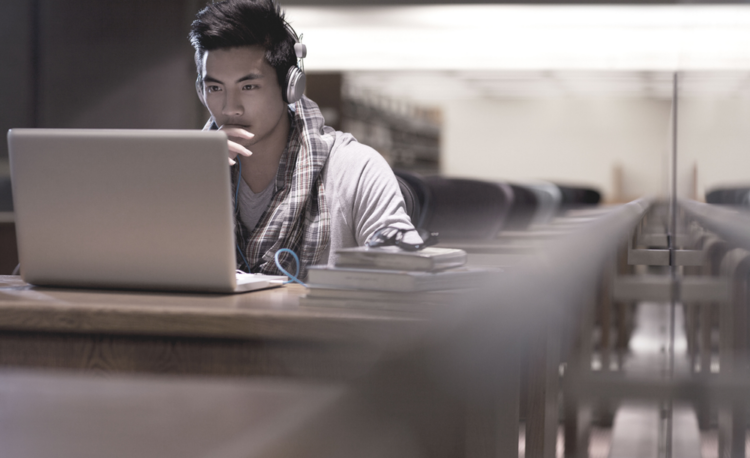Artificial intelligence has significant potential in many areas of human endeavour. Education is no exception. How can AI be applied in this sphere?
Schools must consider the integration of modern technologies
AI has the potential to solve some of the biggest challenges in education today. For example, it can innovate teaching and learning practices and accelerate their progress-and meet the goals that the Sustainable Development Goals (SDGs) adopted at the UN Summit in September 2015.
With AI, educators can individually adapt to each student and achieve an overall improvement in achievement. With the help of this tool, they are also able to better prepare their charges to successfully enter the digital age.
Advanced AI capabilities can now generate text, images, music and video. All based on simple instructions written as text. So a teacher doesn’t need advanced programming skills to use AI.
How AI can be applied in schools
Teachers have the ability to create an adaptive learning programme in any language. Each lesson can be supplemented with a test, which the AI can also evaluate.
It can also advise on tutoring.
It happens that students may not grasp the material right away. Testing can be the way to success. Based on the answers, a student can advance to the next level. If many of the answers are wrong, the AI will explain the issue again, in a simpler way.
Even routine tasks can be handed over to the AI. It will make the teacher’s work and time easier by designing worksheets or creating lesson plans. The time saved can be used by a more personal approach to students.
It must be remembered that AI is only a machine and its outputs may contain errors. The supervising human factor is therefore completely irreplaceable.
Zdroj: Evropská akademie vzdělávání (European Academy of education)

